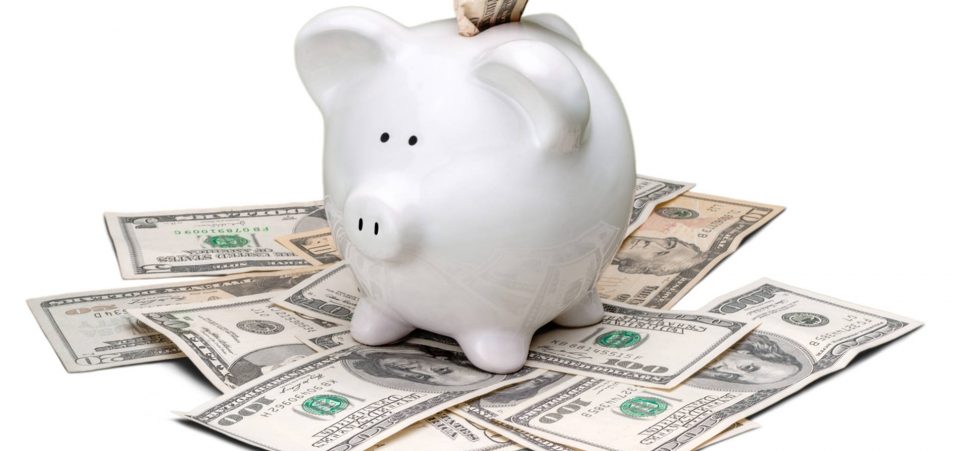Income might be rising in the United States, but Americans didn’t really spend that much.
On Friday September 30, the U.S. Department of Commerce released its personal income and outlays report for the month of August. It showed that personal consumption in the U.S. stayed flat month-over-month. (Source: “Personal Income and Outlays, August 2016,” Bureau of Economic Analysis, September 30, 2016.)
Personal income, on the other hand, rose 0.2% over the previous month to $39.3 billion. Note that 0.2% was the slowest growth rate in personal income since February.
Economists were anticipating a 0.2% increase in personal income and a 0.1% increase in spending.
According to the report, the rise in personal income in August was mainly due to increases in compensation of employees, personal income receipts on assets, and government social benefits to persons.
In real terms, disposable personal income (DPI) increased by 0.1% in August while real personal consumption expenditures (PCE) declined by one percent. This was due to a 0.1% increase in the PCE price index. Excluding food and energy, the PCE price index rose 0.2%.
The report said the decline in real personal consumption expenditures primarily reflected a decrease in spending on durable goods, while being offset by a rise in spending for services.
This is not the first report to suggest soft spending in August. Earlier this month, it was reported that U.S. auto sales fell 4.2% in August. Several major automakers said that softer consumer demand had begun and the industry had peaked. (Source: “August U.S. auto sales fall; carmakers say industry has peaked,” Reuters, September 1, 2016.)
With less spending, savings went up. Personal savings totaled $807.6 billion in August. The personal savings rate increased to 5.7% in August from 5.6% in July.
Still, the personal savings rate is still lower than what it was at the beginning of this year.
“The savings rate has still fallen sharply since earlier this year, which isn’t overly encouraging for real spending in the second half of the year,” said economist Steve Murphy at Capital Economics Ltd. (Source: “U.S. Consumer Spending Flat in August,” The Wall Street Journal, September 30, 2016.)






